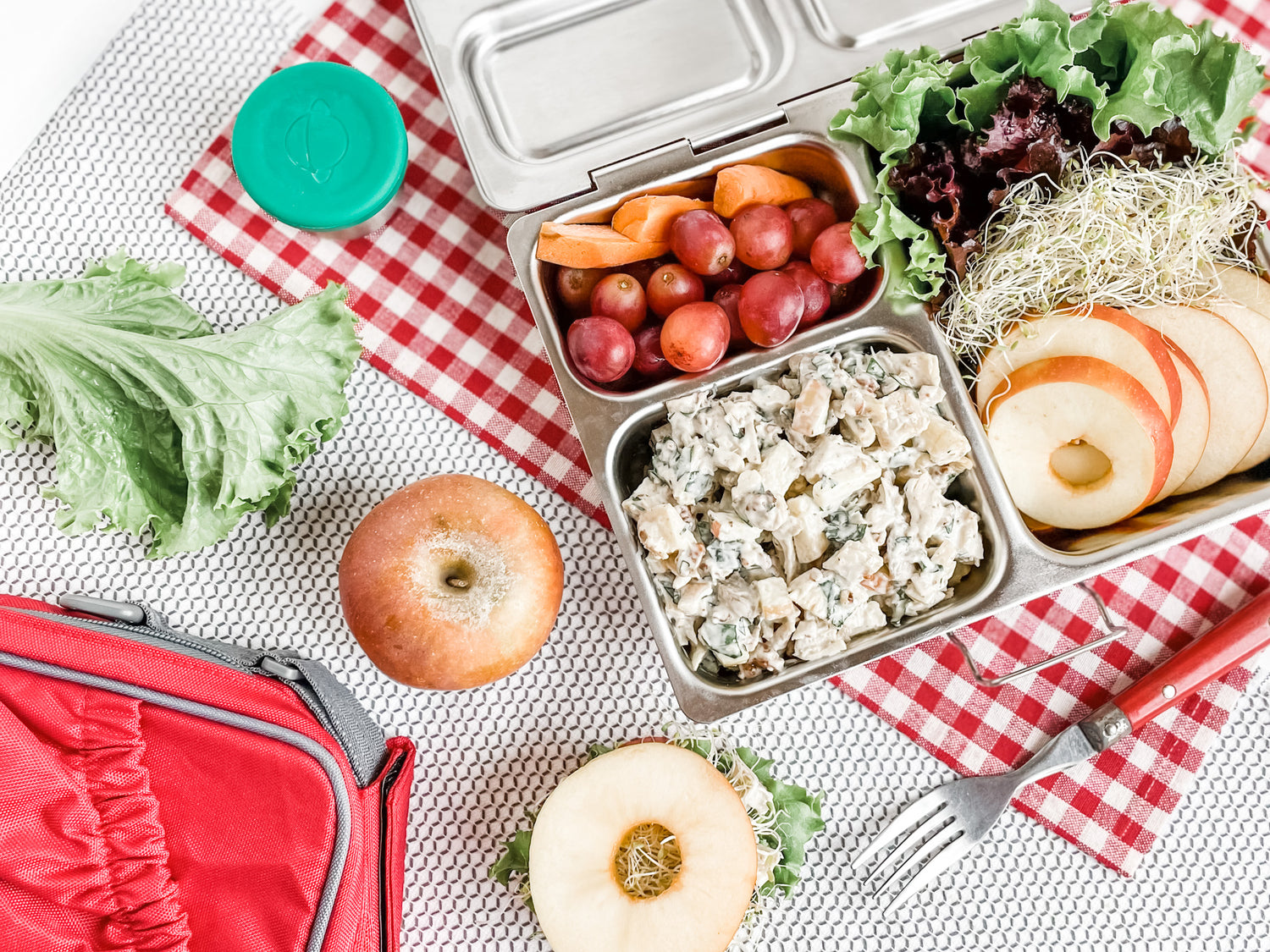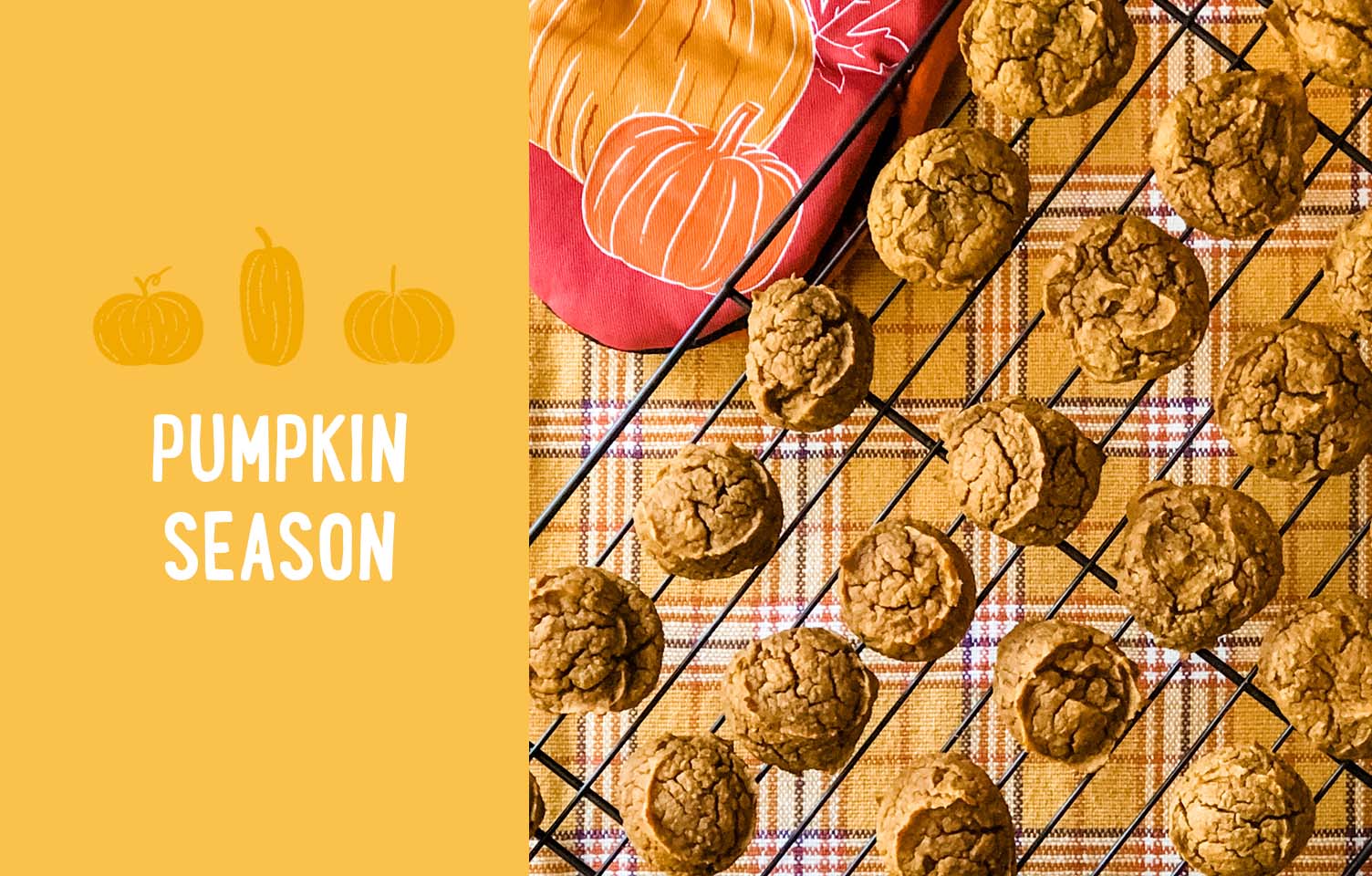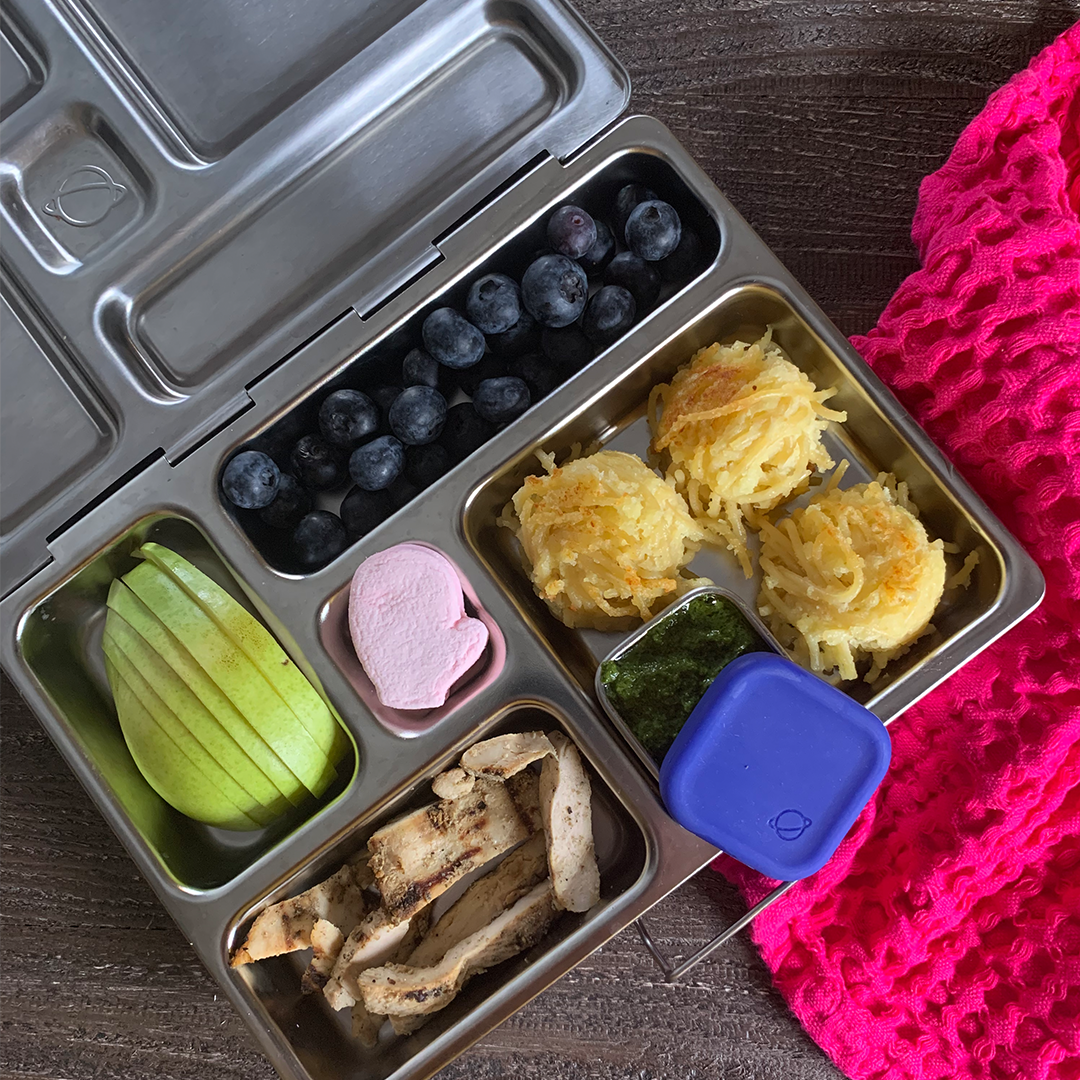Did you know that in-season fruits and veggies contain more nutrients than those eaten out of season? It’s true! Eating seasonally is one way to boost the nutrient value of our food.
Fresh foods harvested in season and consumed while still fresh retain more nutrients than foods picked early and shipped from far away places. In fact, many fruits and veggies grown out of season or transported from afar rely on ripening agents, irradiation, and edible coatings.
By the time these foods travel all the way to the grocery store and then make their way to your kitchen, they lose both nutrients and flavor. Furthermore, many fruits and veggies at the grocery store are not very flavorful to begin with! Large commercial growers tend to focus on varieties that get bigger faster, travel well, and last longer on the shelf.
For maximum flavor and nutrient density, locally grown seasonal foods are always best. Your local farmers will likely offer more delicious varieties than the standard fare available at the grocery store. These small, local growers often pride themselves on unique or heirloom varieties that taste better and provide more nutrients.
While farmer’s markets are usually the best place to find locally grown seasonal foods, many grocery stores also carry local produce. And in the absence of readily available locally grown foods, choosing seasonal produce at the grocery store will still yield greater flavor and nutrient value than out-of-season options.
So this fall, consider reaching for seasonal produce at the farmer’s market or grocery store.
Seasonal foods for fall:
- Apples
- Beets
- Broccoli
- Brussels sprouts
- Carrots
- Cauliflower
- Celery
- Grapes
- Lettuce
- Parsnips
- Pears
- Peppers
- Pumpkins
- Rutabaga
- Spinach
- Sweet potatoes
- Swiss chard
- Turnips
- Winter squash
Nuts are seasonal, too! These nuts are generally harvested in the fall:
- Almonds
- Chestnuts
- Hazelnuts
- Pecans
- Pistachios
Here’s a fun way to incorporate seasonal foods into your child’s lunch this fall: apple sandwiches layered with Harvest Chicken Salad, leafy greens, and maybe even some alfalfa sprouts! Optionally, you can add grapes and carrot sticks on the side.
Pro tip: It’s simple to grow sprouts in your own kitchen, which makes them seasonal at any time of year! Homegrown sprouts are jam-packed with nutrients and make a fun addition to salads, sandwiches, and even soups.
Harvest Chicken Salad
- 4 cups cooked chicken, diced
- 2 cups apples, diced
- ½ cup pecans, chopped
- ½ cup celery leaves, chopped
- 1 cup mayo
- Salt and pepper, to taste
Combine all ingredients in a large bowl and mix well. For best flavor, chill in the fridge for at least one hour before eating.
Yield: 6 servings
Submitted by Kathleen Henderson










Leave a comment
This site is protected by hCaptcha and the hCaptcha Privacy Policy and Terms of Service apply.